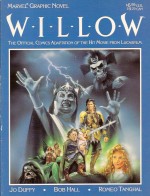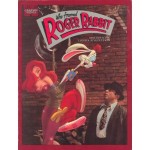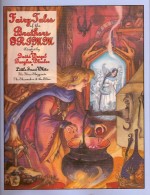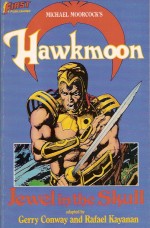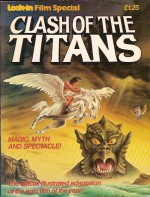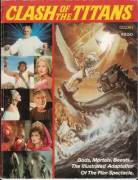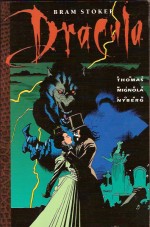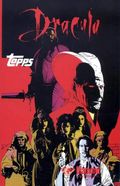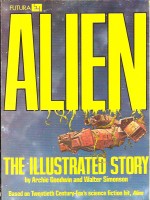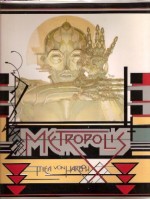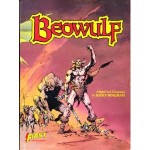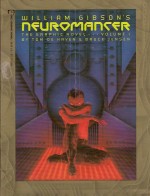
By Tom de Haven and Bruce Jensen (Marvel/Epic)
ISBN: 0-87135-574-4
Even during the burgeoning comics boomtimes of the 1980s when the most inane, insane or banal illustrated material seemed capable of achieving a measure of success and acclaim, occasionally books everybody “knew†would be huge hits somehow failed to score or survive.
Perhaps the most surprising of these was a high-profile graphic adaptation of William Gibson’s landmark first novel, which looked great, triumphantly rode the zeitgeist of the era (in fact it created it) and was massively anticipated by avid readers within the industry and beyond it…
At this time Marvel led the field of high-quality original graphic novels: offering Marvel Universe tales, series launches, creator-owned properties, movie adaptations and licensed assets in lavishly expansive packages (square-ish pages of 285 x 220mm rather than the customary 258 x 168mm) which felt and looked instantly superior to the gaudily standard flimsy comicbook pamphlets – irrespective of how good, bad or incomprehensible the contents proved to be…
With the Gibson-minted term “Cyberspace†(first coined in his 1982 short story ‘Burning Chrome’ – as well as the acronym “ICEâ€: Intrusion Countermeasures Electronics) on everyone’s mind and the suddenly legitimised literary Noir sub-genre of Cyberpunk revolutionising film and comicbooks, Marvel’s Epic imprint released the first two chapters of the multi-award winning Neuromancer in an effective and challenging 48 page adaptation by author and screenwriter Tom de Haven (It’s Superman!, Galaxy Rangers), illustrated by bookcover illustrator Bruce Jensen.
This slim introductory teaser tome comprises ‘Chiba City Blues’ and ‘The Shopping Expedition’ describing a frantic and terrifying dystopian future where life is cheap, drugs are everywhere, money is everything and human bodies are merely the basic canvas for electronic or mechanical augmentations.
Those with any imagination, hope or human potential spend all the time they can in the omni-pervasive wonder-world of cyberspace where anything is possible and escape is always tantalising close… just like death.
Burned out hacker-hustler Case is on a downward spiral. He used to be a top “Cowboyâ€, hired to break data security and steal for the Big Boys. His major mistake was keeping some for himself and getting caught…
Instead of killing him, his “clients†took away his talent with chemicals and surgery and then let him loose to die slowly and very publicly by inches over years…
Now his trials are almost at an end: someone in the vast under-city is hunting him and all the derelict’s remaining connections are turning their backs on him…
When he is finally cornered by the deeply disturbing augmented assassin Mollie Millions (who first debuted in Gibson’s 1981 short story Johnny Mnemonic) Case’s life changes forever – but not necessarily for the better…
Mollie’s boss Armitage needs the world’s greatest hacker to crack an impossible data store and in return he’s prepared to repair all the cyber-cripple’s neural handicaps. Of course it won’t be pleasant and the boss is going to take a few biological precautions to ensure complete loyalty…
Addictively desperate to return to Cyberspace the hobbled hacker agrees, but as he undertakes his task he increasingly finds that everyone involved has their own exclusive agenda: even Armitage’s silent partner, the mysterious Artificial Intelligence Wintermute, is playing its own deadly game…
Intriguing and engrossing, this ultimately frustrating artefact isn’t so much my recommendation (although on its own truncated terms its not a bad piece of work and you might just like on its own terms) as a heartfelt wish for a new – and complete – pictorial interpretation and an impassioned plug for the prose novel itself if you still haven’t got around to it…
Introduction © 1989 William Gibson. © 1989 Byron Preiss Visual Publications, Inc. Original novel Neuromancer © 1984 William Gibson. All rights reserved.

